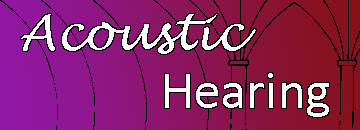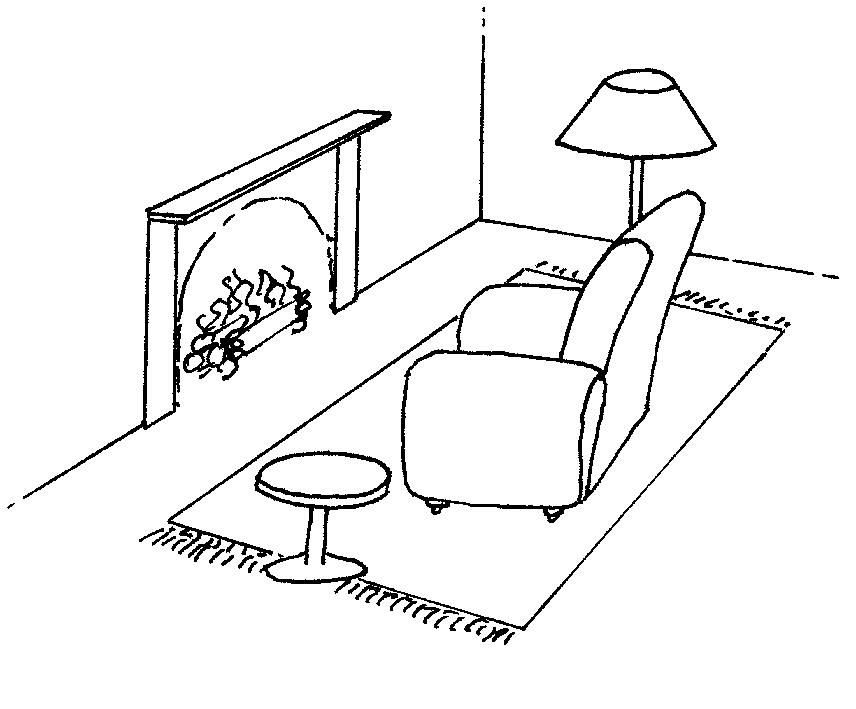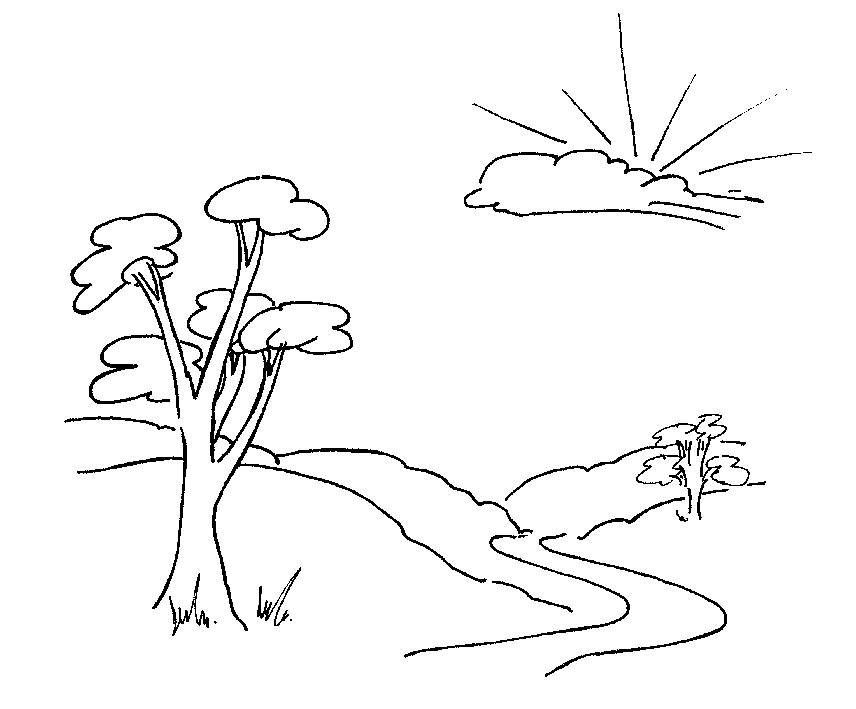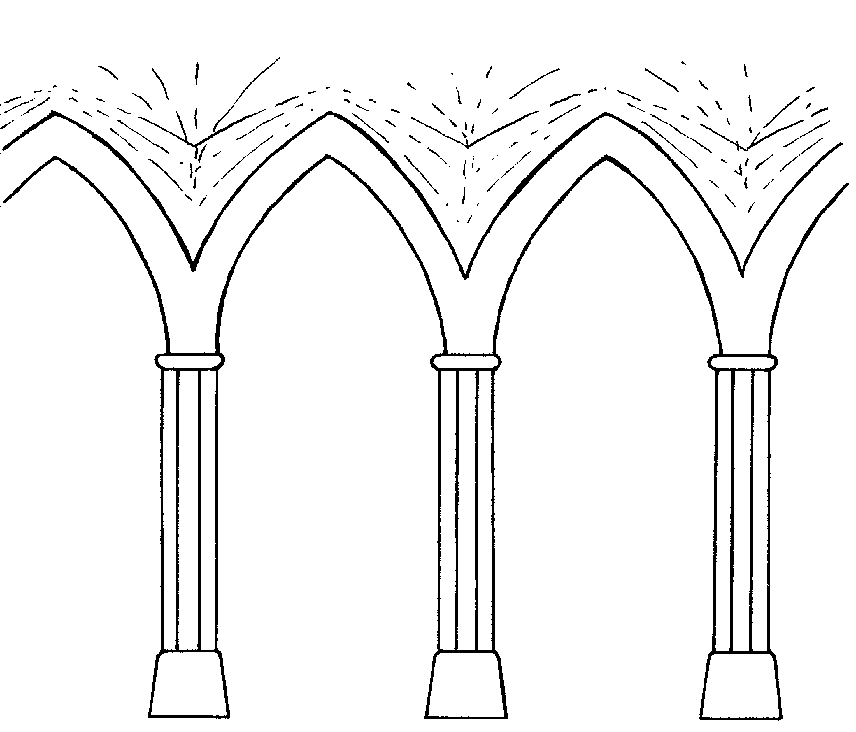



A sound is not only reflected by surfaces, it is also altered by them. We have the ability to discern between a direct sound and one that has been acoustically altered.
You will recognise the voice of a friend, if he is |
 |
|
 |
out in the open . . . |
|
or in a high vaulted hall . . . |
 |
|
You will recognise the voice of a friend, if he is speaking in a small carpeted room . . . 
|
out in the open . . . 
|
or in a high vaulted hall . . . 
|
The acoustic environment alters the sound of your friend's voice but you can still recognize it. You can also recognize the type of space that has produced the alteration. I call this ‘acoustic hearing’ and like any of our abilities it can be refined and trained to become an active skill.
Once you have learned to recognize this acoustic element in sound you can easily apply the technique to the world of ideas. Whenever you are struggling to grasp a particular idea in a subject under study, just think of the idea as a single sound within an acoustic space which is the whole subject. The sense of the general context usually clarifies the idea.
Here are some simple exercises that will help you develop an awareness of the acoustic element in sound.
Exercise 1: Test the sound of your own voice speaking close to a piece of paper, a piece of woollen cloth, in a cardboard box or close to the surface of a table. The acoustic effect is so great and ever-present that we tend not to notice it.
Exercise 2: Start to notice the sounds of people’s voices in terms of the acoustic environment: talking in a small room; out in the open; or in a large space like a church. Use this skill on scenes in movies. Often the visual backdrop does not match the acoustic one.
Exercise 3: As you listen to someone expressing ideas in real life or on television try to imagine the environment of thought and life situation from which those ideas arise.
Hearing with your body.
Acoustic hearing. (this page)
Using breath to make sound.
From sound to speech.
Active reading.
From sound to symbol.